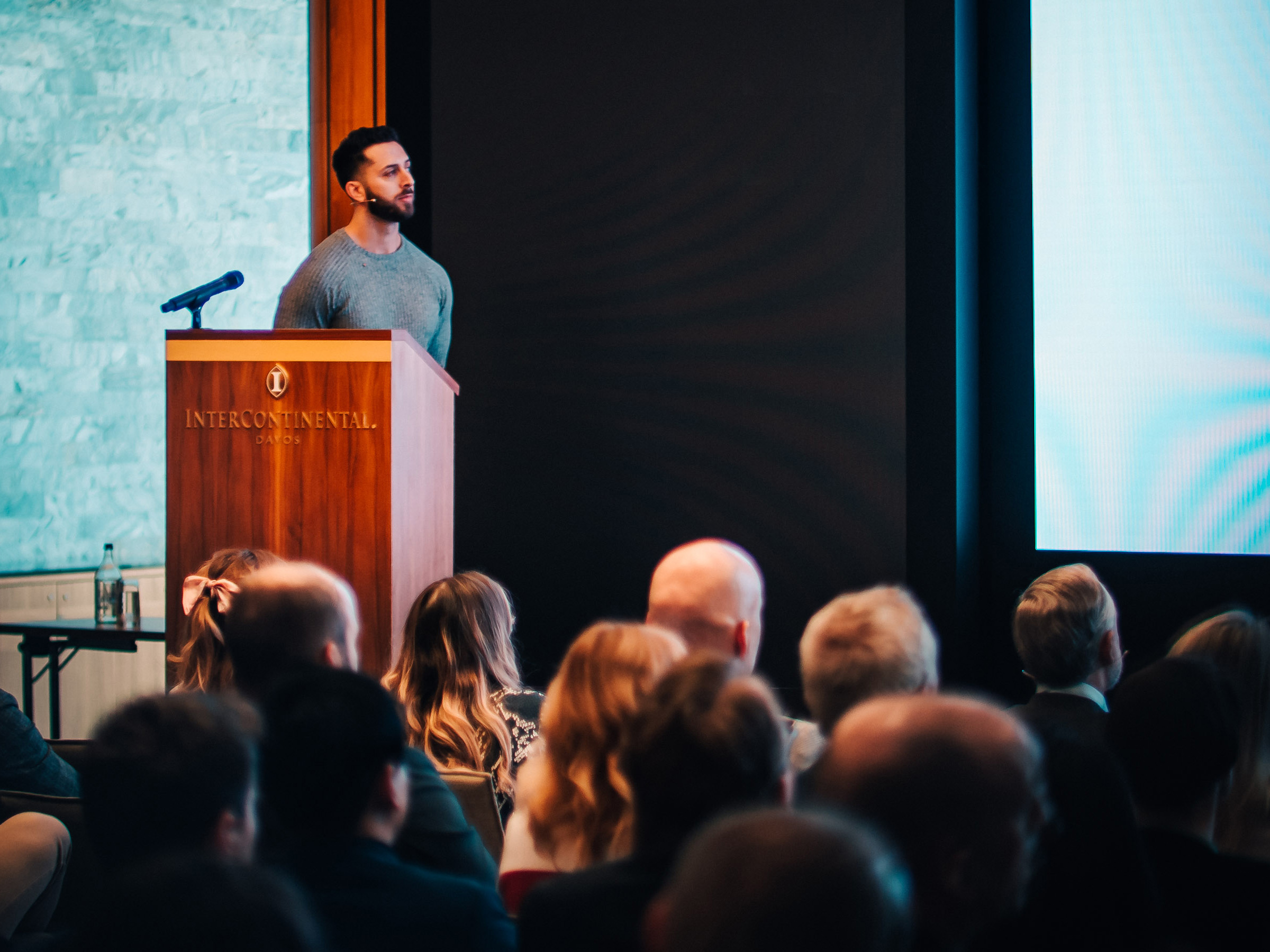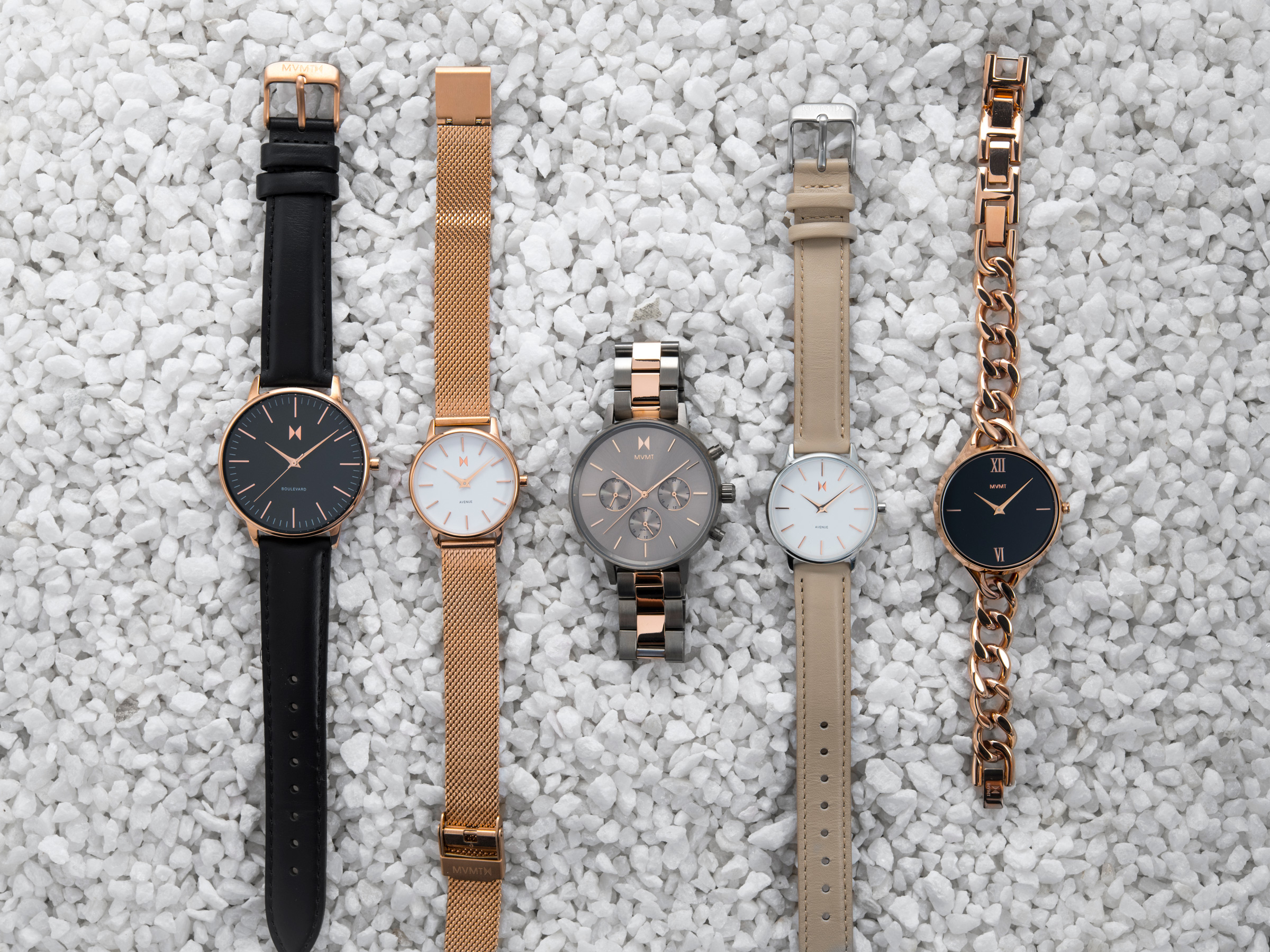Interview: MVMT Watches Co-Founder Jake Kassan
How one minimal wristwatch brand set itself apart from the rest

A few months after MVMT watches raised $220,000 on Indiegogo—back in 2013—co-founder Jake Kassan reached out to us via LinkedIn. He wanted to get his products in our hands. The brand was growing. Their site traffic and sales were increasing. And their social media presence was nothing short of exponential. Today, they’ve got one million followers on Instagram. Moreover, their collections have expanded and improved. And they’ve been acquired by the Movado Group—a late 2018 move that saw the original team behind the LA-based brand remain intact.

Long before the acquisition, MVMT succeeded in something most can only dream of: they built genuine emotional connections with their consumers. Much of this had to do with Kassan’s hustle, be that from the start to today’s on-the-fly content creation. He’s a guiding force behind the continued “hungry start-up” culture at MVMT. With that, authenticity rings from their work as they continue to make watches the people behind the brand want to wear. At the second annual Movado Davos summit, we spoke with Kassan about the future of something so personal, the brand he co-founded.

Can you talk about the hustle—having your own business and doing what you need to do in order to spread the word from the start?
In early 2014, I had time for the outreach. I felt like if I didn’t try something like that then I wasn’t doing the company a favor. I remember for the Indiegogo I sent out 200 emails. To be honest, I didn’t get a lot of responses, but I needed to do that. That was the mentality. I had other businesses that had failed and I blamed myself. I wasn’t going to let that happen.
What made you think you could create a minimal watch brand that would attract a new generation of buyers?
I was creating a watch that I wanted for myself. When I looked at the brands out there, there wasn’t a brand that I resonated with or had loyalty to. It was kind of like, “What aesthetic do I like that I feel is underdeveloped at that time?” We’d already been checking the time on our phones for well over a decade so it was less about the utility of telling time and more about design aesthetic. That’s what I think our demographic really cared about.

How do you differentiate yourself in such a crowded industry?
At first, a lot of it was good timing. It’s not that we were only going to sell direct to consumer. It was just a model we identified to sell faster and get instant feedback from customers. We thought, “Let’s focus all of our energy here.”
So social became your tool for advancement?
We felt like we had leverage over some of the big guys who did not understand it. Social was forever evolving. That was our expertise. We knew if we could learn it first, we would be the experts.

How did you expand into lifestyle?
It’s similar. I feel like we as a brand interact with content differently. We knew that if we wanted to be a true lifestyle brand that we had to offer different products and the purpose behind the brand would resonate into different categories. So we looked at what categories made sense to us and what we wanted to be good at. We chose to focus on accessories.
Tell us about the blue light-blocking glasses.
Everscroll, those have been doing really well for us. It was a product that we saw trending. There was a need, in a sense. It was a technology that was out there, but underutilized and undersold. We said, “Let’s make fashionable sunglasses out of this.” Some people want to wear glasses even though they don’t have to. So this is an element that hits that while lending value to graphic designers and gamers and everyone seeking that functionality.

Now that you’ve been acquired, how have you changed?
First off, we’ve been primarily an online brand. Not because we didn’t want to get into the offline world. It’s just because that was our model and our way to be disruptive and use social media. We were going to raise money to go into the offline world and also start to sell in international markets. We needed money to do so. We were meeting with Movado and had developed a relationship with [Movado Group CEO and Chairman] Efraim [Grinberg]. We realized their strengths were our weaknesses. They had the infrastructure and the knowledge, the team and the capital. They fully believe in our leadership team, product and brand. We’re still operating as our own company with the resources they help with.

Have your goals changed?
The goal is the same. We’re a lifestyle brand and we want to be aspirational. We want to continue to be the best we can be online—but at some point, we would love to have our own retail stores. We also want to continue to show people experiences they’ve never seen before.












